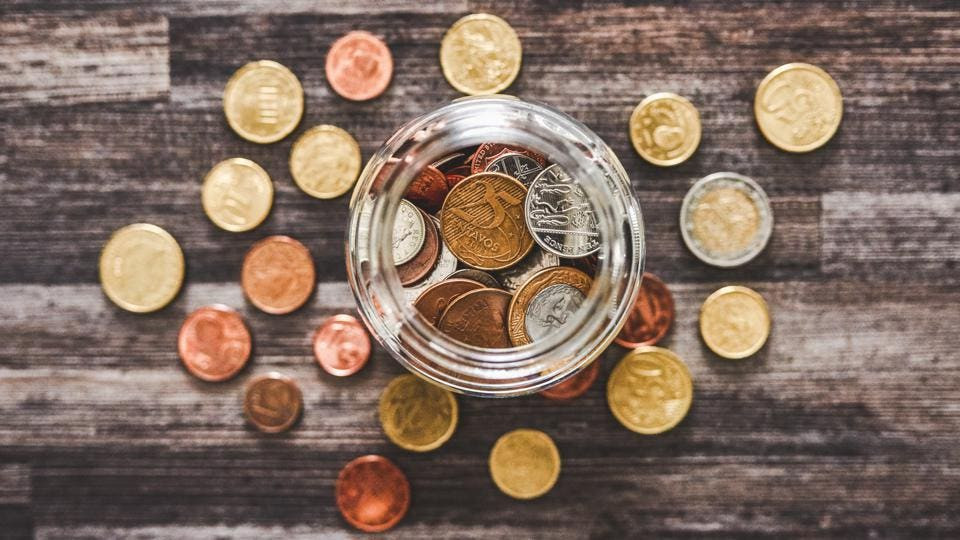Fans of the hit medical drama The Good Doctor were met with disappointment when ABC announced that the show would conclude after its upcoming seventh season. After six successful seasons, the news that the San Jose St. Bonaventure Hospital would be closing its doors for good has left many asking: why did The Good Doctor end? While the show remained a steady performer for ABC, several factors appear to have contributed to the decision to conclude Dr. Shaun Murphy’s story.
One key element in the cancellation appears to be the show’s viewership trends. While The Good Doctor consistently held the top spot in its Monday 10 p.m. timeslot within the 18-49 adult demographic, a closer look at the overall numbers reveals a gradual decline. Season 6 averaged 6.24 million viewers, a noticeable drop from the 7.05 million viewers in Season 5, according to Nielsen’s seven-day ratings. In the competitive landscape of network television, even a seemingly successful show needs to maintain its audience to justify its continued run. This decrease, although not drastic, likely played a role in the network’s long-term planning.
 Dr. Shaun Murphy, portrayed by Freddie Highmore, in a scene from The Good Doctor, highlighting his central role in the medical drama series.
Dr. Shaun Murphy, portrayed by Freddie Highmore, in a scene from The Good Doctor, highlighting his central role in the medical drama series.
Beyond viewership numbers, creative decisions from the show’s executive team also factored into the ending. Showrunners David Shore and Liz Feldman, along with executive producer Erin Gunn, indicated that they felt it was simply “time to say goodbye.” This suggests a creative arc might have reached its natural conclusion. After six seasons, the writers may have felt they were approaching the end of Shaun Murphy’s compelling journey and preferred to conclude the series on a high note, ensuring a satisfying ending for fans rather than risking a decline in quality or repetitive storylines. This proactive approach to storytelling is often respected by audiences who value a show maintaining its integrity.
 Scene from The Good Doctor episode "Empathy" featuring Dr. Neil Melendez, Dr. Morgan Reznick, and Dr. Claire Brown, illustrating the ensemble cast and complex medical cases in the series.
Scene from The Good Doctor episode "Empathy" featuring Dr. Neil Melendez, Dr. Morgan Reznick, and Dr. Claire Brown, illustrating the ensemble cast and complex medical cases in the series.
The broader context of network television also plays a role. The Good Doctor‘s cancellation is part of a larger trend of network television pruning its lineup. As mentioned in the original Forbes article, other established shows like Station 19, Blue Bloods, Young Sheldon, SWAT, Bob Hearts Abishola, La Brea, and Magnum P.I. reboot are also ending. This widespread trend reflects the evolving television landscape, influenced by the rise of streaming services and changing audience consumption habits. Networks are constantly re-evaluating their programming to stay competitive and may be opting for newer content with potentially higher growth prospects. The cancellation of The Good Doctor spinoff, The Good Lawyer, before it even aired further underscores this strategic shift.
Despite the cancellation, there’s still anticipation for Season 7, the final season. Freddie Highmore, who played the lead role of Dr. Shaun Murphy, expressed immense gratitude for his experience on the show. His statement highlighted the “privilege” of playing the character and thanked the cast, writers, crew, Sony, ABC, and the viewers. This final season promises to provide a deserving conclusion for the dedicated fanbase. Viewers can tune in starting February 20, 2024, on ABC to see how Dr. Murphy’s story, and that of his colleagues at San Jose St. Bonaventure Hospital, will conclude.
In conclusion, the end of The Good Doctor appears to be a confluence of factors: a gradual decline in viewership, a creative decision to conclude the story, and the broader shifts within network television. While disappointing for fans, the final season offers an opportunity to celebrate the show’s impact and bid farewell to Dr. Shaun Murphy and the beloved characters of The Good Doctor.

